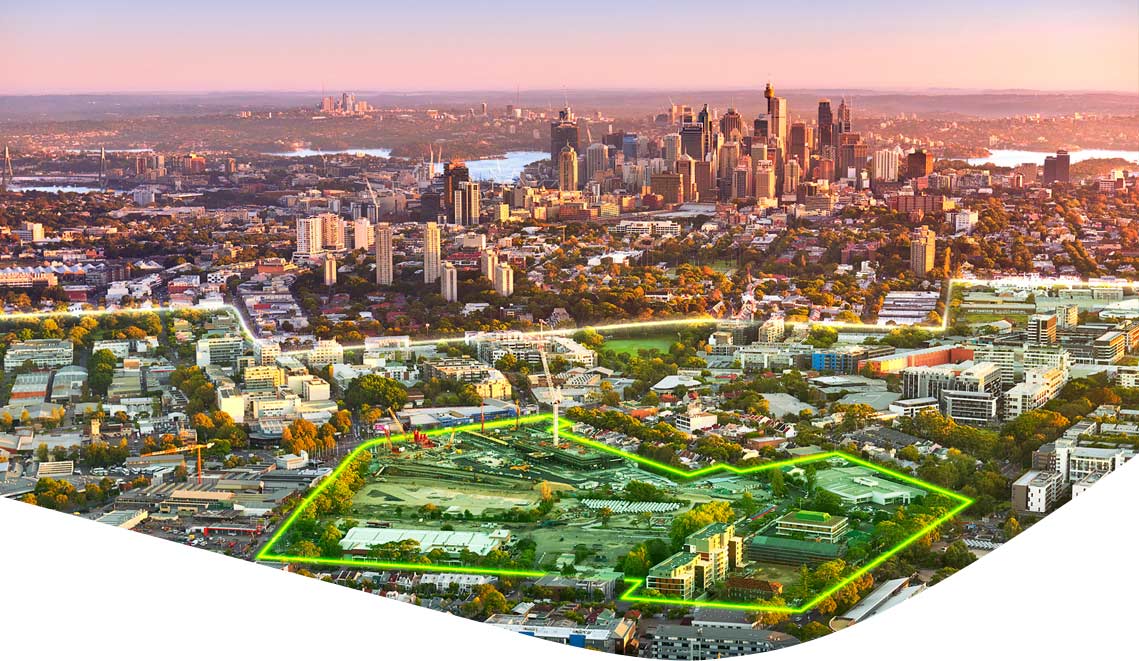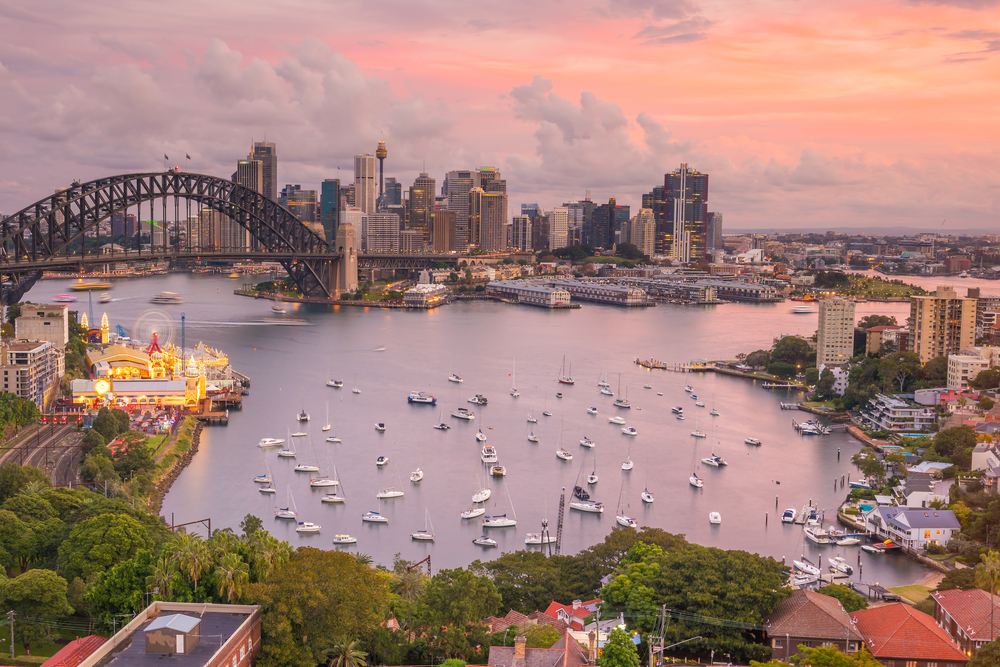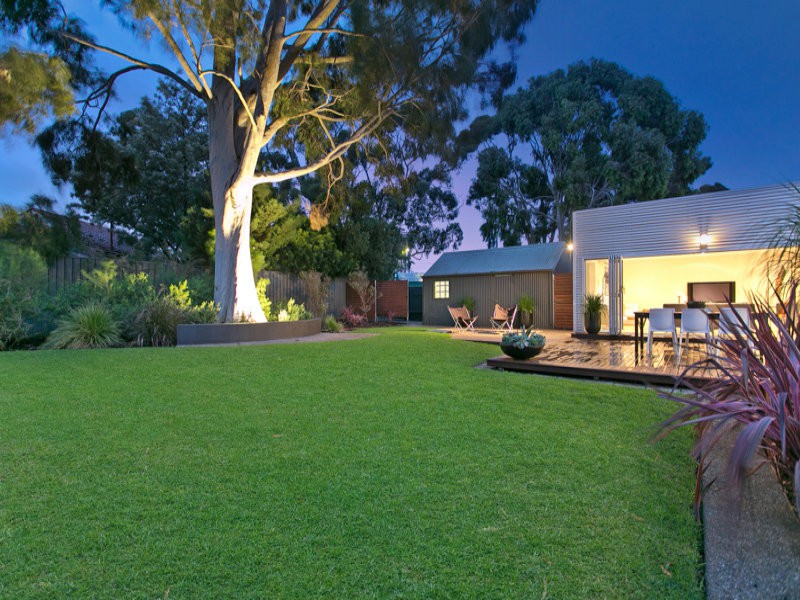5 Minutes with McGrath Projects' Adam Sparkes
The Urban Developer recently covered McGrath's Projects 2017 report which examines key market trends affecting the Australian property market and provides a summary of Australia's three largest real estate markets.
General manager of McGrath's Projects, Adam Sparkes, spoke with TUD about Australia's real estate markets, buyer sentiment, lending restrictions and regulations targeting foreign investment, and the value gap between Sydney and Melbourne and the rest of the country.
TUD: In the McGrath Projects recent report, you said after five years of growth, the Australian property market is now beginning to stabilise. What’s your outlook for the next 12-18 months for the Australian real estate market?
AS: Land infill sites within a close proximity to the CBD are becoming extremely hard to come by. I believe newly-released projects within close proximity to our major centres will remain in high demand. However, as developers compete on the national stage to attract astute purchasers, they will need to offer a point of difference to remain relevant and sought after.
[Related reading: Developers Need to Shift their Focus in a Changing Market]

TUD: Sydney and Melbourne tend to drive the national headline growth figures, what is your opinion on the “value gap” between these two cities and the rest of the country?
AS: I believe Melbourne offers a genuine value proposition when compared with Sydney. To cite a recent example, we are involved with Salta’s Park House project in the suburb of Abbotsford – less than 3km from the Melbourne CBD.
Park House is positioned on a large north facing parcel of land on the banks of the Yarra River. Offered at less than $11,000 per square metre with exemplary design by SJB Architects and Carr Design Interiors. By contrast you would need to go far along the Parramatta River west of Sydney to get close to that value.
Sentiment for the off-the-plan apartment market in Brisbane is one of caution – enquiry levels are down, and buyers remain scarce. However, I believe in comparison to the two southern states, south-east Queensland’s apartment market represents not only an affordable entry price but an excellent opportunity.
It may take a leap of faith purchasing into counter-cyclical conditions, but those with a medium to long term view will be rewarded. I have personally assisted close friends of mine (Sydneysiders), to buy into this market for investment purposes using their superannuation (SMSF).
TUD: You work in Sydney, what stands out about the Sydney market at the moment?
AS: I believe it is difficult to categorise Sydney as one market – rather there are several "sub markets" that make up the overall greater Sydney metropolitan area.
As an example, the Sydney inner-city area, including harbour front and CBD, will continue to remain in high demand. Sydney is a truly international city and on par with New York, London, Singapore and Hong Kong. Yet on a square metre rate comparison I believe there is still value in the super prime and prestige end of the market.
The inner ring suburbs (inner west, inner east, lower and upper north shore), will also remain in strong demand. In 2018, we will be bringing a number of small- to medium-sized projects to the market from Neutral Bay to Warrawee.
Outer lying areas such as Auburn, Kellyville, Mays Hill (to name a few), will also remain in demand and are typically offered at a lower entry price addressing the notion of affordability for both investors and owners alike.

TUD: What makes a good developer? What developments stand out to you as examples of thoughtful and well-designed development?
AS: Developers that set about creating buildings they can be proud of and stand the test of time will continue to strengthen their brands. A new breed of developers also see sustainability and the notion of being conscious of our carbon footprint as extremely important elements as a mandate.
One of the best examples in recent times is the standout success of Frasers' One Central Park, Chippendale in Sydney. Led in the early days by the vision of Dr Stanley Quek, the precinct is now nearing complete realisation and has won a series of international acclaim. It is a triumph for modern apartment living and will go down in history as the benchmark for true urban regeneration.
TUD: Have you noticed a marked impact on the real estate market from APRA-imposed lending restrictions, regulations targeting foreign investment, or China’s crackdown on outbound investment?
AS: APRA has introduced a number of measures designed to dampen the enthusiasm and appetite for foreign buyers. When combined with the capital outflow restrictions from China, off-shore Chinese enquiry has dropped significantly.
Long term I see the demand for Australia as a destination of choice will remain high. Drivers will not change – clean air, fresh fruit and vegetables, high-quality education as well as a safe long term investment solution will continue to drive demand from China and South East Asia in general.
TUD: In the past year have you noticed an uplift (or decline) in buyer sentiment generally?
AS: Over the last year we have seen a decline in numbers of enquiry levels. In today’s terms buyers are more informed than they ever have been. Potential purchasers are extremely well-researched and will make an actual enquiry only once they are confident with what the research is telling them. With that understood, the role of the sales agent is now all about relationship selling. An enquiry today may lead to a sale in twelve months’ time.

TUD: Is the so-called “great Australian dream” of owning your own home — and backyard — alive, or is that changing for Australians as the population grows and cities densify?
AS: Affordability will continue as a driver for not only first home buyers, but upgraders and downsizers. Those needing the space of a three or four bedroom home may look at the outer lying areas for a house and land package that meets their size and budget requirements.
However, as we are becoming more and more entrenched by social drivers, demand for inner urban living will remain high. This is true across all generations from Millennials through to Baby Boomers as inner city living becomes not only acceptable but the preferred lifestyle choice.
The notion of a ‘lock-up-and-leave’ lifestyle for Baby Boomers will see this group travel the world from their inner city base. However, before they spend the kid’s inheritance, their children (the Millennials) will rely on the ‘bank of mum and dad’ to assist with the purchase of their first home – and also typically choose close to the action of the inner city hotspots.
TUD: How did you first get started in real estate? What is your professional background?
AS: I finished the HSC in 1986 and commenced a retail career working in various roles specifically in menswear. As the menswear supervisor of Italian fashion house Giorgio Armani, I built up a regular clientele of both local and international celebrities and business executives. In 1998, I sold a suit to John McGrath and explored the idea of working in real estate. John felt that my skill set and expertise in selling a rack of suits could be utilised in selling a "vertical rack of apartments" and I commenced as a sales agent within the newly formed projects division.
After almost seven years with McGrath, I took on twelve years of developer-side roles with Multiplex, Frasers Property Group, Crown and Lendlease. This gave me an in-depth understanding of the processes and cyclical nature of off-the-plan selling. In 2016, I returned to McGrath as general manager of McGrath Projects.
It would be fair to say that the last five years have seen unprecedented selling activity with record sell out scenarios at record sales prices. Having also worked through challenging conditions post GFC, I have firsthand experience in understanding a market where the buyer has a significant advantage.
TUD: What’s next for McGrath Projects?
AS: 2018 will represent new opportunities for the team across the entire east coast. We have a number of exciting new development opportunities in the pipeline stages that will come to the market over the next six to twelve months. I see significant opportunity in Victoria in both the apartment and house and land space and I intend to build a team with experienced leaders.















